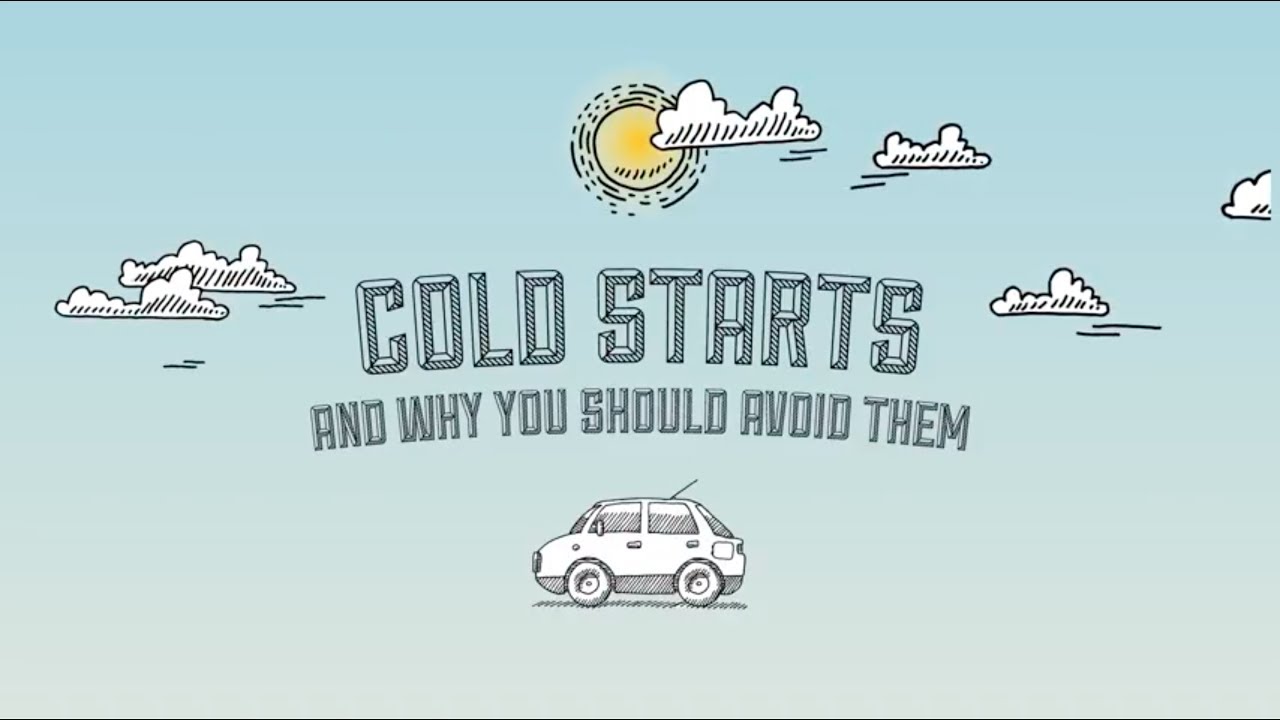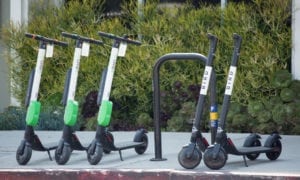
Show UCAIR About Utah’s Air
We’ve all heard the following advice from our parents, co-workers, and friends: “You need to warm up your car before driving when it’s cold outside.”
But is that really true? I mean it seems to make sense, and after all, would our parents ever give us bad advice?
Okay, so the advice can be partially true. The reason why your parents have probably told you to warm up your car in the winter before driving is because most vehicles built before 1995 used a carburetor, a device that combined air and fuel. The auto industry did away with carburetors in the late 1980’s and early 1990’s and switched to electronic fuel injection, which uses sensors to supply fuel to the engine and get the right air and fuel mix. With a carburetor, it was essential to let the car idle for minutes before driving it in order to make sure the engine would run properly. Chances are the vehicle you currently drive does not have a carburetor, so it’s not essential to let your car idle before you drive.
According to the Washington Post, it turns out that idling your car during the winter is just wrong. And according to a 2009 study found that on average, Americans thought they should idle for over 5 minutes before driving when temperatures were below 32 degrees!
I won’t lie, I was under the impression that the engine needed to warm up before driving to not damage it. I figured on those cold day’s that by the time I started my vehicle, and scraped off the windows that it would be ready to drive. And even then I still was worried I wasn’t giving it enough time to warm up, but would be running late to work or something, and would drive on a cold engine regardless.
In a recent KSL article, they explained what a “cold start” is? (see video above)
The Utah Department of Environmental Quality (DEQ) partnered with Weber State University and Utah State University to determine that cold starts are one of the worst contributors to emissions. That means that every time you start your car after it sits for a long period of time, you have a significant impact on the air quality.
Now, we all have to start our car at some point in the morning, so what’s the best way to make it less harmful to the environment? According to the article, it’s to immediately drive the car, rather than let it idle. In other words, get in and go; it’s best for your vehicle and the air. The study found that when a car reaches its optimal operating temperature, the catalytic converter can reduce emissions by 99 percent. Believe it or not but your car will reach its optimal operating temperature by driving it rather than letting it idle, and it’s not bad on your car. In addition, the study found that 75 percent of combined pollutants and emissions are emitted from a car during the first three minutes after a cold start.
Before you disagree about driving right away once you start your car, let me follow up with some advice on how to drive within the first five to 10 minutes. Take it easy, keep the rpm’s low and increase speed gradually. Also, don’t drive more than 45 miles per hour within the time frame (if possible).
In the end, idling does nothing for your vehicle, but it does have several big (and avoidable) costs: Wasting fuel and giving off greenhouse gas emissions and other types of pollution.
Here are some general driving tips by Energy Saver
Driving Tips*
-
Minimize idling your car by turning off your engine when your vehicle is parked for more than 10 seconds. Idling can use a quarter to a half gallon of fuel per hour, depending on engine size and air conditioner use, adding up to three cents of wasted fuel a minute. In the winter, most manufacturers recommend driving off gently after about 30 seconds. The engine will warm up faster being driven, which will allow the heat to turn on sooner, decrease your fuel costs, and reduce emissions.
-
Drive sensibly and avoid aggressive driving, such as speeding, rapid acceleration, and hard braking. Aggressive driving can lower your highway gas mileage by up to 33% and your city mileage by 5%.
-
Avoid high speeds. Above 50 mph, gas mileage drops rapidly. For every 5 mph above 50 mph, it’s like paying an additional $0.19 per gallon of gasoline.
-
Reduce drag by placing items inside the car or trunk rather than on roof racks, which can decrease your fuel economy by up to 8% in city driving and up to 25% at Interstate speeds.
-
Avoid keeping heavy items in your car; an extra 100 pounds in your vehicle could increase your gas costs by up to $.03 cents per gallon.
-
Combine errands. Several short trips, each one taken from a cold start, can use twice as much fuel as one trip covering the same distance when the engine is warm.
-
Check into telecommuting, carpooling, public transit and active transportation like bicycling or walking to save on fuel and car maintenance costs. Many urban areas provide carpool lanes that are usually less congested, which means you will get to work and home faster and more refreshed!
*All cost estimates assume an average price of $2.69 per gallon.
Car Maintenance Tips
- Use the grade of motor oil your car’s manufacturer recommends. Using a different grade of motor oil can lower your gas mileage by 1%-2%.
- Inflate your tires to the pressure listed in your owner’s manual or on a sticker that is either in the glove box or driver’s side door jamb. This number may differ from the maximum pressure listed on your tire’s sidewall.
- Get regular maintenance checks to avoid fuel economy problems due to worn spark plugs, dragging brakes, sagging belts, low transmission fluid, or transmission problems. Fixing a serious maintenance problem, such as a faulty oxygen sensor, can improve mileage by as much as 40%.
- Don’t ignore the check-engine light—it can alert you to problems that affect fuel economy as well as more serious problems, even when your vehicle seems to be running fine.









